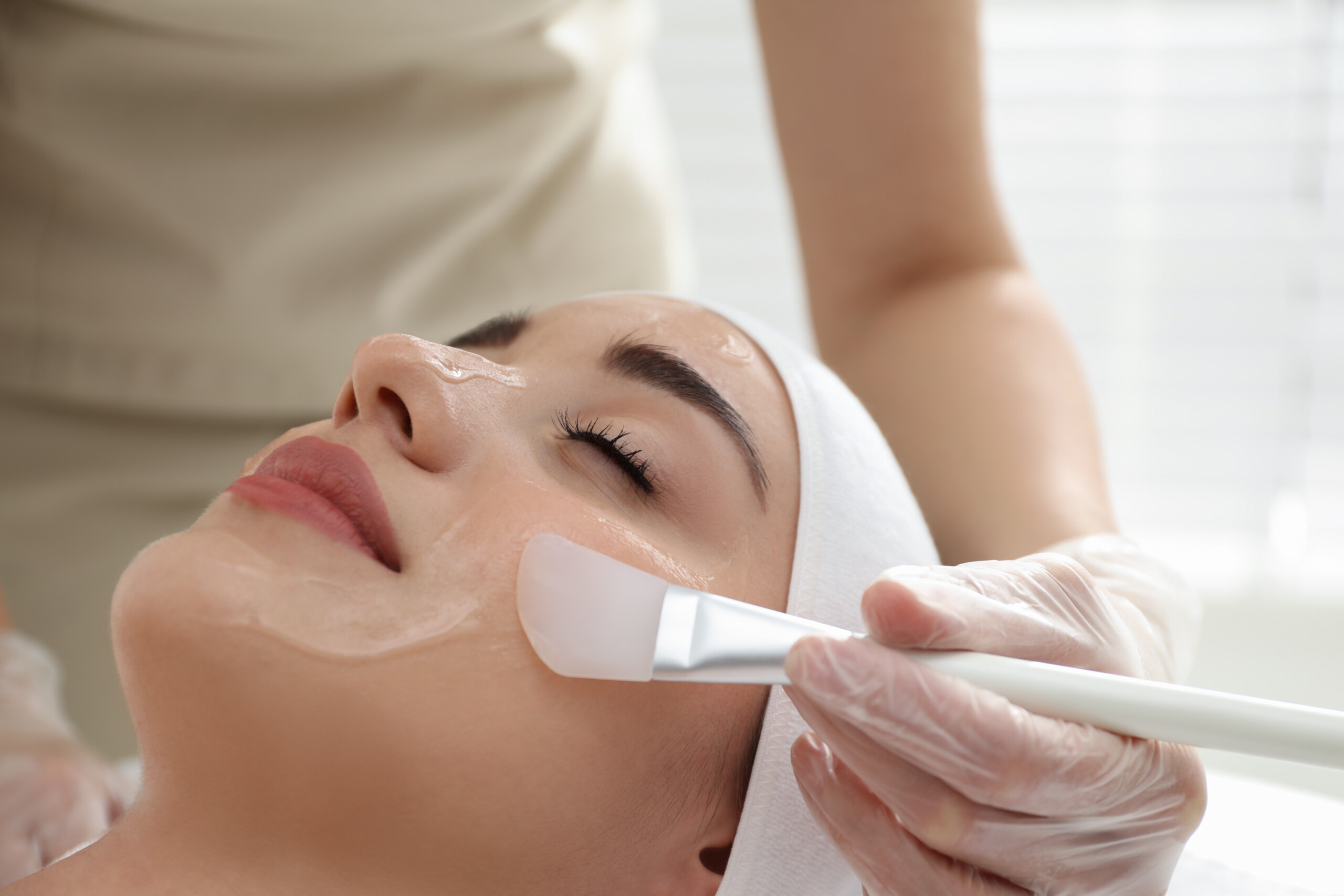Having a chemical peel is far more relaxing than it sounds! Named for its content of medical-grade skincare ingredients, a chemical peel is a facial treatment that is applied as a peelable mask and works to refine, smooth and refresh your skin.
Scroll down for our patients’ Chemical Peel Before and After photos to see some of the excellent results that can achieved with this dermal treatment.
This facial treatment uses active ingredients to refine the surface layer of the skin, working wonders for refreshing and renewing texture, appearance, and promoting cell turnover for ongoing results.


































